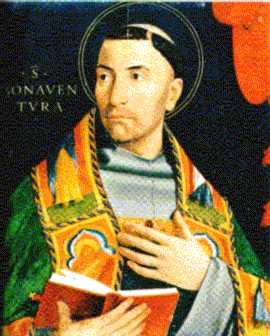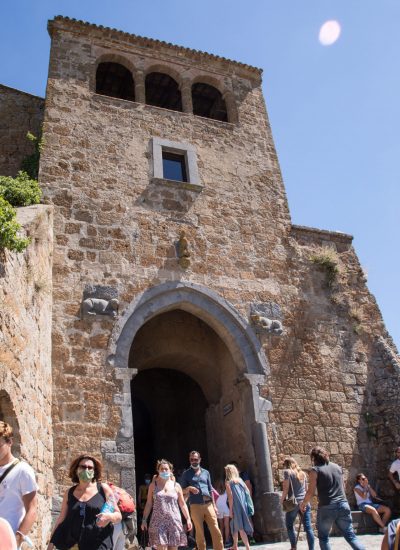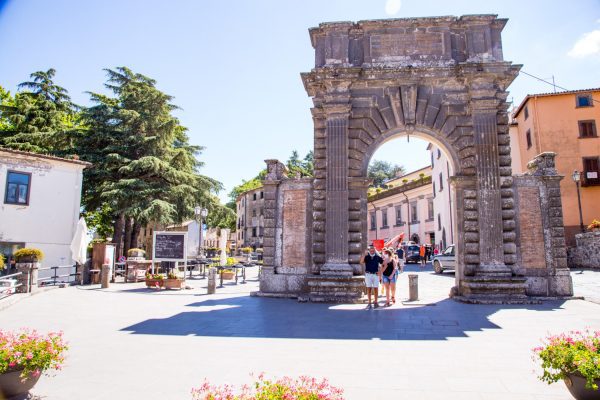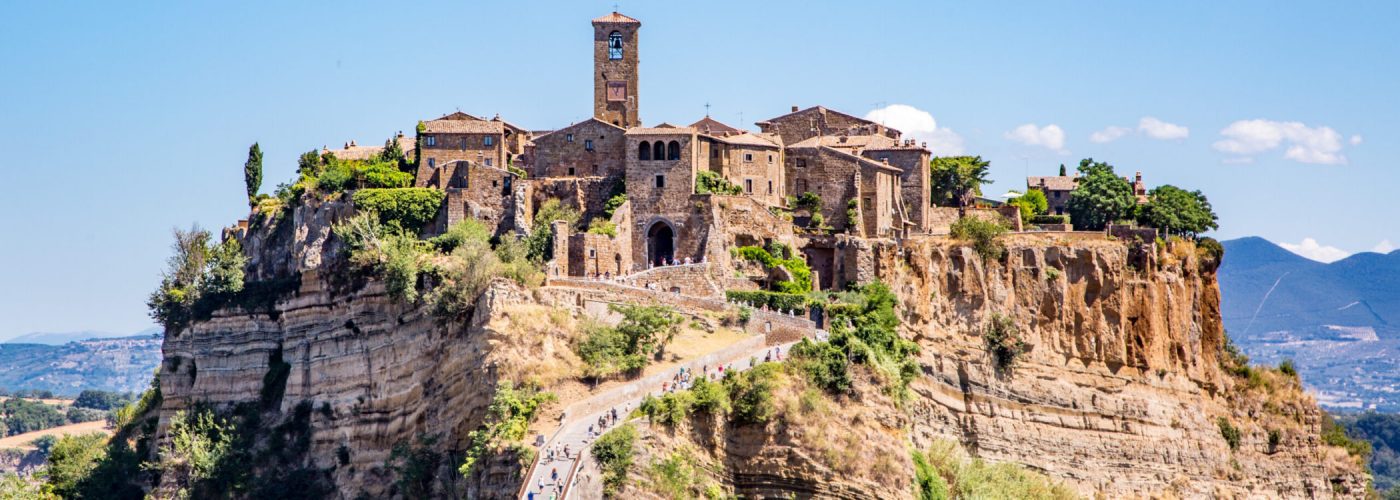La Citta che Muore “The Dying City”
Civita di Bagnoregio is a hidden gem in the Italian countryside near Viterbo. Lying close to the border of the Lazio and Umbria regions, it is only an hour and a half car ride from Rome. Founded by the Etruscans more than 2500 years ago, Civita di Bagnoregio is full of history and intrigue.
During the Etruscan period, Civita di Bagnoregio was an important city positioned along major trade routes. The necropolis beneath the belvedere gives historians an in-depth look at the Etruscan founding of the city. Throughout the following eras, the city was dominated by the Roman Empire, the Goths, the Lombards, the Franks and eventually the Papal State. One of the major ruling parties was the Monaldeschi family from nearby Orvieto, until Civita di Bagnoregio became a free commune in 1140.
This was a difficult independence as the Monaldeschi continued to control the city in order to maintain a defensive position in their conflicts with Viterbo. By 1457 the people of Civita di Bagnoregio had had enough and rebelled against the Monaldeschi, destroying their fortress and asserting their independence. This lasted until the 16th century when it again came under Papal control according to the will of Pope Alexander VI (Borgia), and finally in 1867 the battles for the unification of Italy came to the city and it became part of the Kingdom of Italy.
Born in 1221 as Giovanni Fidanza,, St. Bonaventura is the patron saint of Civita di Bagnoregio, and is said to have been healed by St. Francis of Assisi before becoming a Fransiscan himself. St. Bonaventura became one of the main biographers of St. Francis and the relic of St. Bonaventura’s arm is kept in the cathedral of San Nicola in Civita di Bagnoregio.

One of the main characteristics of the city is its unique position atop the tufa cliffs in the Valle dei Calanchi (the valley of the badlands). The city was not originally this disconnected, but after a major earthquake in 1695, subsequent earthquakes and general erosion, it now takes on its very famous and unique appearance. Another interesting fact about the city is that the current population in 2020 is only 19 people. Between a plague in the middle ages, the earthquakes, landslides and erosion causing buildings and homes in the city to drop into the valley below, the population of Civita di Bagnoregio decreased drastically over the centuries.
Now visitors to this ancient city are greeted from the belvedere in Bagnoregio with stunning views of Civita di Bagnoregio. From the belvedere we can see the footbridge that has become the only access to the city. Visitors take the path along the bridge and up through the main gate Porta Santa Maria with its depiction of guard lions with a human head between their paws.

How To Get There
When visiting Civita di Bagnoregio, you’ll definitely want to rent a car and drive there*. Once you arrive in the more modern Bagnoregio, you can find a parking spot** and begin walking to Civita di Bagnoregio. There are signs to direct you, but once you arrive in Bagnoregio you’ll see a large arch in the center of town. From here if you walk through this arch from front to back you will be on the main road that leads you to Civita di Bagnoregio. It’s about 3/4 mile from the arch until you reach the belvedere where you can see the ancient city across the valley. You can’t actually see it from the main road, you have to walk through what appears to be a tourist entrance gate to the left of the church in the piazza at the end of the road. You may see signs that indicate you must purchase a ticket, but don’t worry, you will run into the ticket booth at the base of the footbridge, so just enjoy the view for now.
Once you’ve taken in the initial view with awe and wonderment, continue past the adorable cafe and gift shop and follow the path turning left. As you walk down the path toward yet another spectacular vantage point, you’ll notice a stairway on your right. Take this stairway down a few flights of steps and at the bottom turn right and follow the road down the hill. At the base of this hill is where you will come to the beginning of the footbridge to Civita di Bagnoregio that you saw from above.
Just before the footbridge on the left is a water fountain and a ticket booth. Tickets are 5 Euros per person. With your ticket in hand and a refill of water, you will now be granted access to the footbridge to begin your adventure in Civita di Bagnoregio. Be sure to take in the spectacular views along your walk into the city, and enjoy entering the only remaining gate of Porta Santa Maria as you embarque on your journey in this historical city. Spend time wandering the city, and be sure to grab lunch or dinner in one of the picturesque and delicious restaurants.
The entire town can be explored in just a few hours including your meal. So you can return to Rome the same day or couple this with an overnight in Viterbo or Orvieto as well.

*There is no direct train or bus from Rome to Civita di Bagnoregio, in order to use public transport, you will have to take a train or a bus to either Viterbo or Orvieto and from either of these there is a bus that will take you to Civita di Bagnoregio. From Viterbo the bus leaves twice daily and from Orvieto only once per day. This means that spending the night is usually necessary in order to get the most of your time and not miss the bus back to Viterbo or Orvieto. The option of renting a car allows you the freedom of going and staying however long you wish, not to mention that the fastest bus/train option takes at least 3 hours in transit, whereas driving gets you there in less than 2 hours and it’s a beautiful drive. If you decide to attempt the public transport route, you can usually use the Moovit App on your phone or laptop to find the easiest route and time table.
**Parking: White lines are free, blue lines mean paid parking and yellow are handicapped. Do not park in any red zones or areas without lines. Be sure to check for posted signs with time limits or hours. Parking meters are generally in the vicinity of the blue line parking areas, enter your license plate number, pay, print your ticket and place it in a visible location on the dash.

